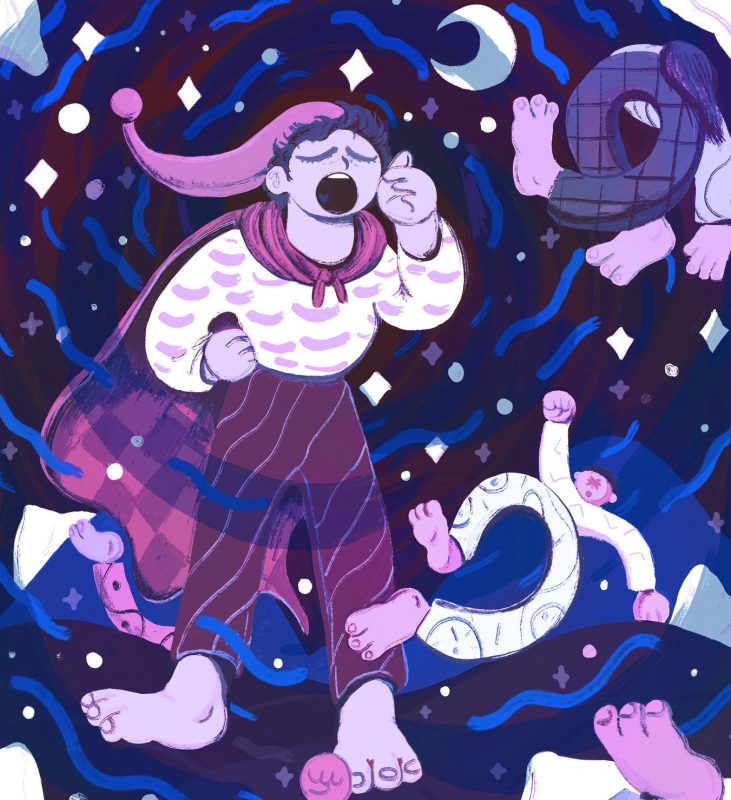
(Austin Frakt/ New York Times) —One of the lighter moments along my journey to receiving a sleep apnea diagnosis was learning that “heroic snoring” is a clinical term. It sounds more like an oddball super power — snores that can be clearly heard through walls. Many of us have such a snorer in our lives, and some endure the disruption it causes nightly.
We hardly need research to appreciate the difficulties this poses. Yet some studies on it have been done, and they document that snoring can lead to marital disruption, and that snorers’ bed partners can experience insomnia, headaches and daytime fatigue.
But heroic (and less-than-heroic) snoring can also be a sign of an even deeper problem: obstructive sleep apnea, which is marked by a collapse of the upper airway leading to shallow breathing or breathing cessation that causes decreases in blood oxygen.
Sleep apnea can be downright deadly, and not just for those who have it. It’s associated with a greater risk of depression, heart attacks, strokes and other cardiovascular conditions, as well as insulin resistance.
As I learned, there’s no reason to meekly accept sleep apnea: There are many treatment options that can control it.
The stakes are not small. In the last five years, crashes involving an Amtrak train in South Carolina, a Long Island Rail Road train, a New Jersey Transit train and a Metro-North train in the Bronx have resulted in multiple deaths, hundreds of injuries and tens of millions of dollars in property damage. Undiagnosed or untreated sleep apnea were blamed in each case. (…)